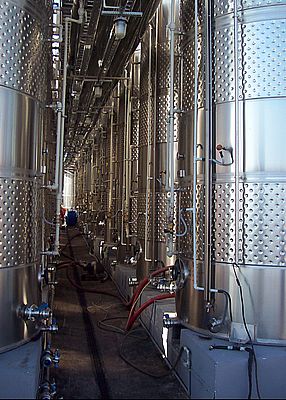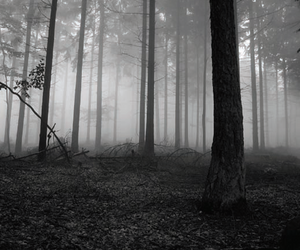A Ukrainian winemaker is using CC-Link to help automate and expand the production of its world class wines and spirits. The Shabo vineyard in the Odessa region is combining high technology with the delicate art of fine wine production.
Grapes have been cultivated in Shabo since the arrival of the ancient Greeks. Five hundred years ago the region was colonised by the Turks, then Swiss immigrants brought their artisan skills from about 1822. The mild climate, warm air of the Steppe, sandy soil and unique microclimate of the Black Sea coast provide perfect conditions for grape cultivation. Like Bordeaux and Burgundy Shabo is on the "grape latitude" – between 46° and 47° North.
In 2004 the winery was completely converted with modern European equipment which has been combined with ancient cellars and wine storages with the objective of producing wines and brandies as fine as any within the last 200 years.
An ongoing programme of investment has seen the creation of full-cycle production: from cultivation of grapes, through storage and seasoning to bottling, as well as distillation for spirits and mixing for vermouth. Currently it has capacity to process 20 thousand tons of grapes in a season, producing up to 45million bottles of wine and 25million bottles of brandy, using the delicate 'cold bottling' method.
All stages of Shabo wine production are focussed on preserving the grapes' taste, colour and aroma in the wine. So harvesting is by hand, allowing selection of the best. Then the grapes are subjected to the various processes of winemaking, maturing blending and bottling.
However the viticulturists at Shabo are keen to embrace the most modern automation technologies to ensure their increasing production is both efficient and quality focussed. In October 2011, for instance they installed a high tech system to maintain preset temperatures in both the production and maturing areas and also to measure the level of wine in the holding tanks. As well as this, the new system monitors the pumping activities of the refrigeration stations and coolant temperature. This automates a previously manual task that was time consuming and required considerable concentration to ensure accurate recording and thorough analysis.
The opportunity was also taken to integrate several processes that were already individually automated into one unified system. For data signaling and communication around the system CC-Link was chosen because of its ability to communicate easily with devices from a wide range of manufacturers. It was also noted CC-Link can be quickly installed and is highly reliable; two points that meant disruption to production would be minimized.
The architecture of the system is based on a supervisory level computer equipped with twin monitors and operator panels running a SCADA (supervisory control and data acquisition) program. This is supported by a production management control system based on five PLCs (programmable logic controllers) communicating via two CC-Link networks.
These collect and process data from numerous process floor sensors monitoring temperature, humidity, tank levels and valve settings. In total there are 256 analog and digital inputs and 152 outputs (all digital) in the CC-Link system. And it is planned that the system will be regularly expanded in stages in the coming years.
One of the key advantages of CC-Link in this situation is that if a section of the system is taken off-line , the data signals will automatically re-route themselves through alternative wiring routes so that overall control is never lost. Similarly, the system can be expanded simply by plugging new devices or sub-systems into the existing wiring; signal routing is instantly and automatically optimized and communications are never interrupted.
The winemakers already have plans to increase the number of holding tanks fitted with monitoring sensors and automated pumping stations as production is increased in order to meet growing demand.
The wine market is promising for Ukrainian producers, because consumption volumes are steadily growing. Currently, the wine market in the Ukraine is about 17.6m decalitres of wine or 600m Euros. Experts believe that annual growth of wine consumption for the next several years will be around 17.5%. This is attributable to the increasing adoption of European lifestyle choices, namely a switch from vodka to wine, and to the growing wealth of the region.
Additionally, export opportunities are opening up rapidly. Wine drinkers around the world are keen to try wines from new regions; Shabo has recently opened a Ukrainian Wine Cultural Centre, and has been included in Europe's first wine cultural routes development map as drawn up by the Council of Europe, European commission, UNESCO and representatives of European wine industry.
The CC-Link Partner Association (CLPA) is an international organisation with over 1,500 member companies worldwide. The partners’ common objective is promotion and technical development of the family of CC-Link open network technologies. Over 1,100 certified products are now available from over 250 manufacturers. CC-Link is the leading industrial fieldbus in Asia and is becoming increasingly popular in Europe and the Americas.
Winemaker blends timeless tradition
with high tech communication
- by CLPA Europe
- March 28, 2012
- 420 views





















